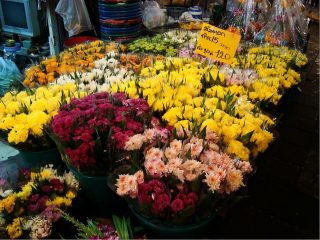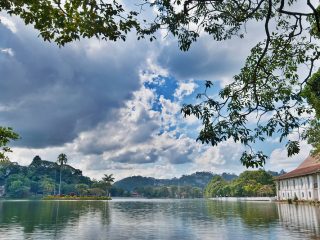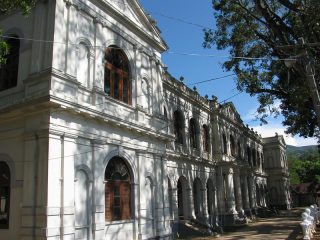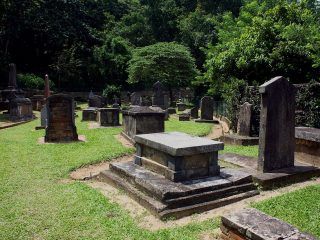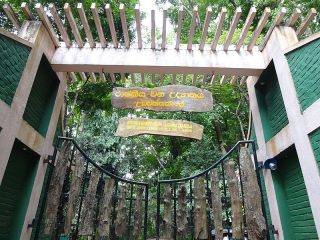 Towering above the rivers of Mangde Chuu vale lies an ancient Bhutanese structure that has literally stood the test of time on its rocky promontory. Revered as the largest Dzong in the country Tongsa Dzong occupies a scenic location with its back to the Black Mountains on a precipice that seems veiled in mist and clouds all year round. Renowned as “the most spectacularly sited dzong in Bhutan” the historic venue perched on a spur dates back to 1543 when it served as the administrative centre of Tongsa as well as a monastic complex housing more than 200 priests. Commissioned to be built by a Drukpa Lama named Ngagi Wangchuk the vast compound was recognized as a dzong in 1647 by none other than Shabdrung Ngawang Namgyal.
Towering above the rivers of Mangde Chuu vale lies an ancient Bhutanese structure that has literally stood the test of time on its rocky promontory. Revered as the largest Dzong in the country Tongsa Dzong occupies a scenic location with its back to the Black Mountains on a precipice that seems veiled in mist and clouds all year round. Renowned as “the most spectacularly sited dzong in Bhutan” the historic venue perched on a spur dates back to 1543 when it served as the administrative centre of Tongsa as well as a monastic complex housing more than 200 priests. Commissioned to be built by a Drukpa Lama named Ngagi Wangchuk the vast compound was recognized as a dzong in 1647 by none other than Shabdrung Ngawang Namgyal.
Owing to its strategic location the Tongsa Dzong serves as the seat of power for the Wangchuck dynasty while also housing the governing offices and headqueaters of the administrative officials of the entrie district.Also known as a spitirual point of interest the monastic complex within the dzong includes the holy Maitreya Temple which was added as early as 1771.
Part administrative building, part monastery and fortress the most remarkable aspects of Tongsa Dzong are intrinsically linked with its stunning architecture. Regarded as the pinnacle of Dzong architecture the complex consists of many levels and a plethora of structures including an impressive 25 temples, a host of courtyards, and a maze of corridors and pathways. It should be noted that the temples at Tongsa Dzong are mostly devoted to Tantric gods such as Cakrasamvara, Yamantaka, and Hevajra while the Buddhist temple Maitreya contains a clay figure representing the Buddha of the Future. The Temple of Chortens on the other hand houses the remains of Ngagi Wangchuk as well as 16 exquisite art works displaying the Arhats and Akshobhya Buddha. The Dzong’s sky piercing watch towers are equally intriguing while a new museum was also added in recent times. The assembly hall to the north of the dzong contains murals while the main hall showcases pictorial representations of Lhasa, a Phurba sculpture and a replica of the iconic mural found in Nepal’s Swayambunath Temple.
The five day Trongsa Tsechu Festival takes place during the months of December and January each year in the temple on the northern courtyard of the locale. Marking the arrival of Buddhism through Guru Rimpoche in 8th century B.C this festival features fire blessings and dance rituals performed by masked dancers.
Visitors on the lookout for an elegant Bhutan hotel will be more than pleased with the plush environs of Uma Bhutan. Providing guests with a range of Bhutan tour packages this reputed establishment in the hospitality sphere pulls out all the stops when it comes to vacationing in style.
Thanuja Silva is a travel writer who writes under the pen name Auburn Silver. She has a passion for fashion and a deep interest in admiring new and exotic attractions around the world.

